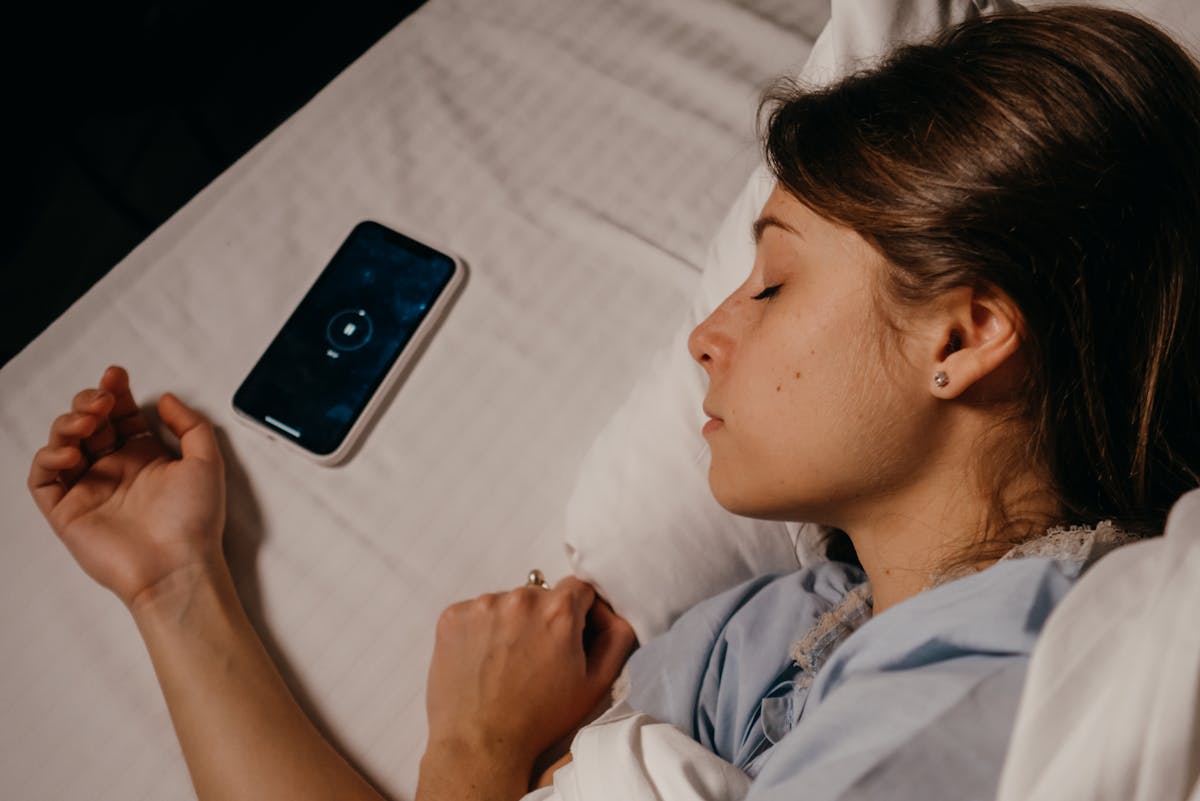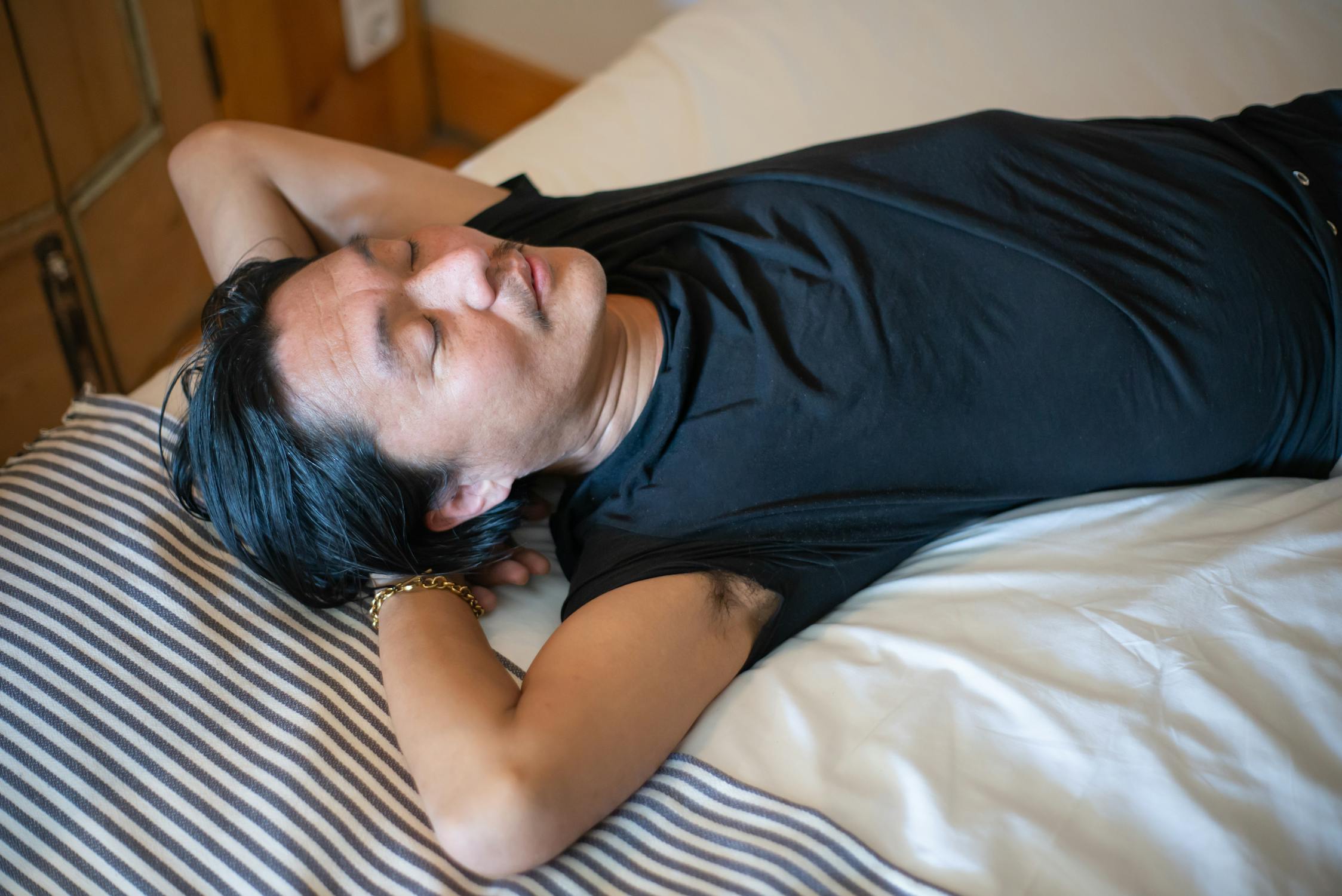Do you occasionally feel guilty for sneaking in a quick daytime nap? You don’t have to anymore. Recent research reveals that daytime naps may do more than just recharge your energy; they could actually slow down brain aging. Scientists from the University College London, the University of the Republic in Uruguay, and the Broad Institute in Massachusetts have discovered a potential link between regular napping and brain health. This evidence suggests your quick snooze might help keep your brain younger for years to come.
Curious? Let’s dive into everything you need to know about the connection between daytime naps and brain aging, backed by science. From how naps affect various brain functions to tips on taking the most effective nap, we’ll cover it all.
The Study Behind the Headlines

A study published in Sleep Health analyzed data from nearly 380,000 individuals aged 40 to 69. The participants’ sleep habits were compared with their genetic predisposition to take daytime naps. Using a method called Mendelian randomization, researchers linked habitual napping to a larger total brain volume, a sign of healthier aging. The brain volume difference was equivalent to as much as 6.5 additional years of brain health.
This research tackles a critical question – is napping directly responsible for these benefits, or is it merely correlated with overall well-being? By linking genetic markers to nap habits, the study offers stronger evidence that daytime naps might actively contribute to preserving neurological health.
Napping and Cognitive Function

While the study found a clear link between napping and brain size, it also uncovered some limitations. Nappers did not perform significantly better than non-nappers in cognitive tests measuring focus, memory, and reaction time. This suggests that while napping contributes to keeping the brain structurally sound, its impact on short-term mental sharpness isn’t as clear.
These findings should encourage cautious optimism. Napping might not suddenly make you sharper today, but it could contribute to better brain resilience over a lifetime.
Why Brain Health Matters

It’s no secret that aging often brings cognitive decline, with shrinking brain volume being one of the early signs of neurodegenerative diseases like dementia. The possibility that napping might help preserve brain volume is a significant discovery. While it’s not a complete solution, every step toward slowing brain aging can make a meaningful difference in maintaining a higher quality of life.
This makes the case for naps even stronger, especially for those working long hours or managing multiple responsibilities. No longer just a luxury, napping could join the list of valuable habits for long-term health.
What Happens to the Brain During a Nap?

Napping appears to offer benefits similar to nighttime sleep, particularly if the nap includes slow-wave sleep (SWS). During SWS, the brain clears away waste products, including proteins associated with illnesses like Alzheimer’s. This restorative process might be one of the reasons why daytime naps could contribute to a healthier brain.
Additionally, short naps can promote the consolidation of memories and improve problem-solving skills, though these are temporary effects that don’t necessarily last beyond the day of the nap itself.
How Long Is the Ideal Nap?

Not all naps are created equal. Sleep experts generally recommend keeping naps short and sweet, between 20 and 30 minutes, to avoid entering deeper stages of sleep that can leave you groggy upon waking. Longer naps may feel luxurious but could interfere with nighttime sleep, which is key to overall health.
For daytime nappers eager to reap long-term brain benefits, consistency may be as important as duration. A regular napping routine seems to yield better results than occasional naps.
The Debate Surrounding Naps

Despite its compelling findings, the study has its skeptics. Some researchers argue that Mendelian randomization isn’t definitive proof of causation. Others highlight the study’s reliance on participants’ self-reported data about their napping habits. Without precise measurement of nap duration and timing, some critics are hesitant to draw broad conclusions. Still, the findings are promising enough to warrant further research. With more sophisticated studies, we might soon better understand exactly how naps influence brain health.
The Importance of Sleep Hygiene

While daytime naps are helpful, they should complement – not replace – good nighttime sleep. Sleep hygiene includes habits like maintaining a consistent sleep schedule, creating a comfortable sleeping environment, and limiting caffeine or screen time before bed. If you need a nap because you’re not getting adequate nighttime sleep, addressing the root cause is crucial. Chronic fatigue or poor sleep patterns can outweigh the benefits of napping if not corrected.
Cultural Norms and Napping

Napping has long been a cultural tradition in regions like Spain and Italy, where siestas are woven into daily life. Similarly, East Asian workplaces have embraced “power nap” cultures, recognizing the positive impact on productivity and well-being. Perhaps it’s time the rest of the world caught on. Integrating napping into modern life might reduce stigma and allow more people to enjoy its potential benefits without feeling unproductive.
How to Incorporate Naps Into Your Routine

If you’re ready to make daytime naps a part of your lifestyle, follow these tips:
- Keep it short: Aim for 20–30 minutes to avoid disrupting nighttime sleep.
- Nap earlier in the day: Mid-afternoon is the sweet spot to ensure you’re still tired at bedtime.
- Set the scene: Find a quiet, dark space with minimal distractions.
- Listen to your body: Not everyone benefits from napping; pay attention to how you feel post-nap.
- These small adjustments can transform your midday rest into a powerful tool for long-term well-being.
A Glimpse Into the Future
https://www.shutterstock.com/image-photo/young-woman-laying-green-grass-next-1974433874
The link between daytime naps and slower brain aging is a promising field of study that opens doors to new preventative strategies for maintaining cognitive health. While there’s still much to learn, one thing is clear: naps aren’t just for kids or lazy afternoons. They could be one of the simplest ways to protect your brain against the inevitable effects of aging.
If you’ve been on the fence about napping, consider this your green light to grab that pillow. Your future self might just thank you.
Disclaimer: This article was created with AI assistance and edited by a human for accuracy and clarity.

